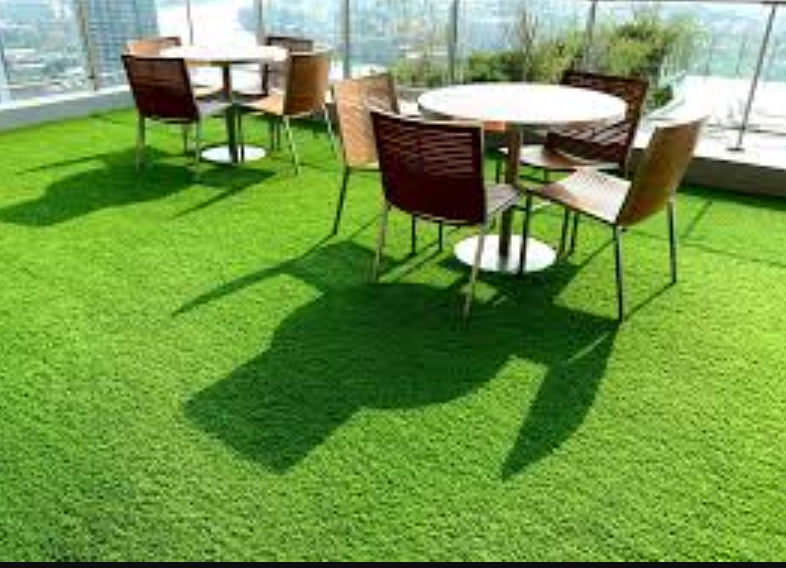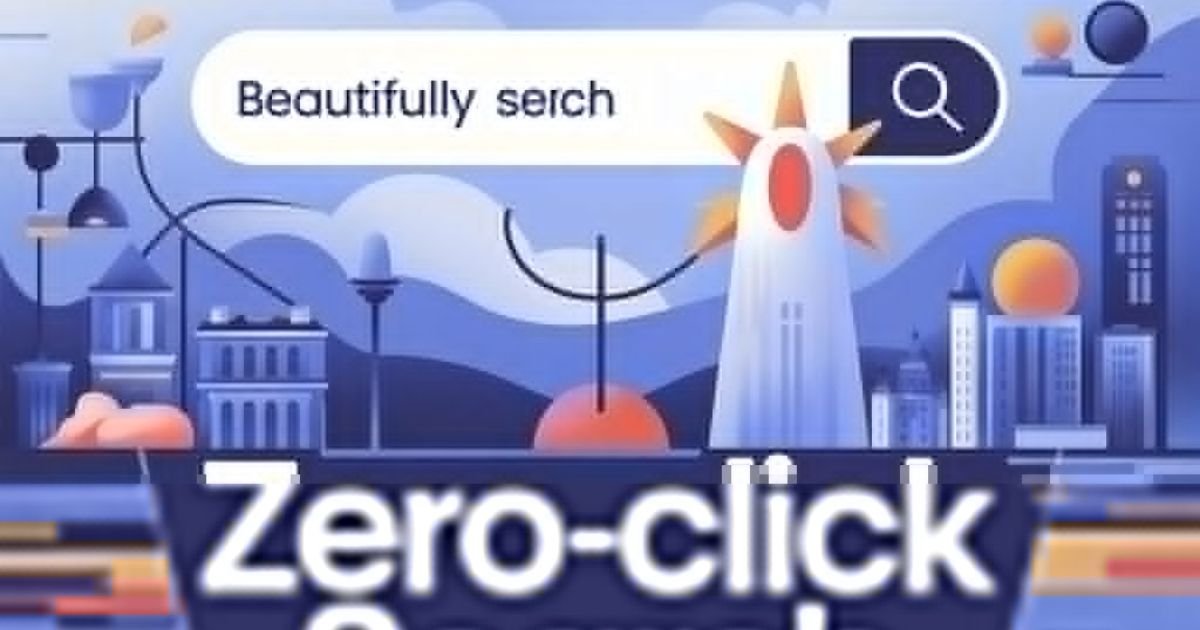Table of Contents
- Introduction to Artificial Grass
- Benefits of Artificial Grass
- Maintenance of Synthetic Lawns
- Cost-Effectiveness of Artificial Turf
- Environmental Impact
- Real-Life Applications
- Installation Tips
- Expert Opinions and Resources
Introduction to Artificial Grass
Artificial grass and synthetic turf provide a practical and aesthetically pleasing alternative to natural lawns. Synthetic grass is Designed to withstand weather conditions and heavy foot traffic and is an excellent choice for transforming multiple outdoor spaces.
Technological advancements have significantly improved artificial grass’s texture, color, and overall appearance in recent years. Modern artificial turf closely resembles the appearance and texture of real grass, making it challenging to differentiate between the two. Artificial grass maintains a constant green look all year round, removing the necessity of watering, fertilizing, and other labor-intensive lawn care duties.
Benefits of Artificial Grass
Artificial grass offers numerous advantages, making it an attractive option for homeowners and businesses. For homeowners seeking a lush, green landscape without the burden of constant maintenance, artificial grass products offer an ideal solution. These benefits include:
- Low Maintenance: One of the most significant advantages of artificial grass is its low maintenance requirements. Maintaining traditional lawns can be both costly and labor-intensive due to the need for frequent mowing, watering, fertilizing, and pest management. In contrast, synthetic turf remains beautiful with minimal upkeep, allowing you to enjoy a pristine lawn without the hassle.
- Cost-Effective: While artificial grass may have a higher upfront cost compared to natural grass, the savings in the long run are significant. Homeowners can significantly reduce their monthly expenses by eliminating the need for watering, pesticides, fertilizers, and lawn care equipment. Additionally, the longevity of artificial grass means fewer replacements and repairs over time.
- Durability: Artificial turf is designed to withstand heavy usage and weather conditions. Synthetic grass maintains its appearance and functionality, whether in scorching sun, heavy rain, or snow. This durability makes it suitable for high-traffic areas such as playgrounds, sports fields, and commercial landscapes.
- Eco-Friendly: Fake grass helps the environment by saving water and decreasing the necessity for toxic substances. In regions facing water scarcity or drought, synthetic turf provides a practical solution for maintaining a green landscape while minimizing water usage. Additionally, eliminating the need for pesticides and fertilizers helps protect local ecosystems and wildlife.
Maintenance of Synthetic Lawns
Maintaining artificial grass is relatively simple and requires less effort than caring for natural grass. Regular cleaning and occasional brushing can keep your synthetic lawn looking fresh and vibrant. Here are some maintenance tips for synthetic lawns:
- Regular Cleaning: Removing debris such as leaves, twigs, and dirt can prevent the buildup of organic matter that may affect the appearance and hygiene of your artificial grass. Use a leaf blower, rake, or brush to remove debris.
- Brushing: Brushing your artificial grass helps keep the fibers upright and maintains a natural look. Use a stiff brush to move against the grain of the fibers, and brush the entire surface regularly to prevent matting.
- Spot Cleaning: Address spills and stains promptly to avoid permanent damage. Use water and mild detergent to clean affected areas, and rinse thoroughly with water.
- Inspection: Regularly check your artificial turf for any indications of damage, such as loose seams or worn fibers. Address any issues promptly to ensure the longevity and performance of your artificial grass.
Cost-Effectiveness of Artificial Turf
While installing artificial turf might seem expensive, the long-term savings make it a cost-effective option for many homeowners. According to Forbes, the financial benefits of synthetic lawns are significant, particularly in areas with high water costs, strict water usage regulations, or challenges in maintaining natural turf grass.
Opting for artificial grass can save homeowners water bills, lawn care services, and maintenance equipment, which are typically associated with traditional turf grass. Over time, these savings can offset the initial investment, making synthetic turf a financially savvy choice. Moreover, the extended lifespan of synthetic turf minimizes the necessity for frequent substitutions, ultimately adding to overall financial benefits in the long run.
Environmental Impact
Artificial grass has a mixed environmental impact, both positive and negative. On the positive side, synthetic turf conserves water by eliminating the need for regular watering. This is especially advantageous in dry regions or locations experiencing a lack of water. By reducing water consumption, artificial grass helps mitigate the strain on local water resources and supports environmental sustainability.
Additionally, artificial grass eliminates the need for pesticides, fertilizers, and herbicides, which can harm the environment. The absence of these chemicals reduces the risk of groundwater contamination and helps protect local ecosystems and wildlife. Furthermore, synthetic turf can help combat urban heat islands by reflecting heat and providing a more excellent surface than traditional asphalt or concrete.
However, it is essential to acknowledge the potential environmental drawbacks of artificial grass. Since it is made from synthetic materials, there are concerns about its non-biodegradability and the ecological impact of its production and disposal. Despite these concerns, the overall eco-friendly benefits of artificial grass can be substantial, particularly when considering water conservation and chemical reduction. According to NASA Climate Change News, synthetic turf installations can reduce urban heat islands, emphasizing their environmental benefits.
Real-Life Applications
The versatility of artificial grass makes it suitable for a wide range of applications beyond residential lawns. Its durability and low maintenance requirements make it ideal for commercial landscapes, sports fields, and playgrounds. Synthetic turf’s consistent appearance and functionality provide a reliable surface for various activities and environments.
In addition to traditional landscaping, artificial grass is used in innovative applications such as rooftop gardens, indoor sports facilities, and pet areas. Architects and designers favor it for its versatility and visual beauty when establishing functional and visually appealing spaces. Artificial grass offers a practical solution for enhancing urban or suburban outdoor spaces.
Installation Tips
Preparing the Ground
Before installing artificial grass, it is crucial to ensure the ground is level and debris-free. Remove any rocks, plants, or other obstructions that may cause unevenness. A smooth and clean surface will provide a stable foundation for the synthetic turf.
Installing a Drainage System
Proper drainage is crucial in order to avoid water accumulation and promote the longevity of your artificial turf. Set up a drainage system that permits water to move away from the grass, and make sure the area where it is being installed is slightly angled to support drainage. Utilizing gravel or crushed stone as a foundation layer can enhance drainage and offer extra support.
Securing the Edges
Securing the edges is crucial to prevent the artificial grass from shifting or becoming loose. Use stakes or adhesive specifically designed for synthetic turf to fasten the edges firmly. This will help maintain a neat appearance and prevent any tripping hazards.
Using Infill Material
An infill material, such as sand or crumb rubber, helps the artificial grass blades stand upright and provides a more natural look and feel. The infill also adds weight to the turf, improving its stability and cushioning. Spread the infill material evenly across the surface and use a brush to thoroughly work it into the fibers.
Expert Opinions and Resources
Landscaping and home improvement experts widely endorse artificial grass for its numerous benefits and practical applications. It is particularly advantageous in regions experiencing drought or water restrictions, where maintaining a natural lawn can be challenging and unsustainable. For further insights and resources, consult HGTV’s specialized landscaping guides.
These guides provide valuable information on selecting, installing, and maintaining artificial grass, helping homeowners make informed decisions about their outdoor spaces. By leveraging expert opinions and resources, you can ensure your synthetic lawn project succeeds and meets your aesthetic and functional requirements.





